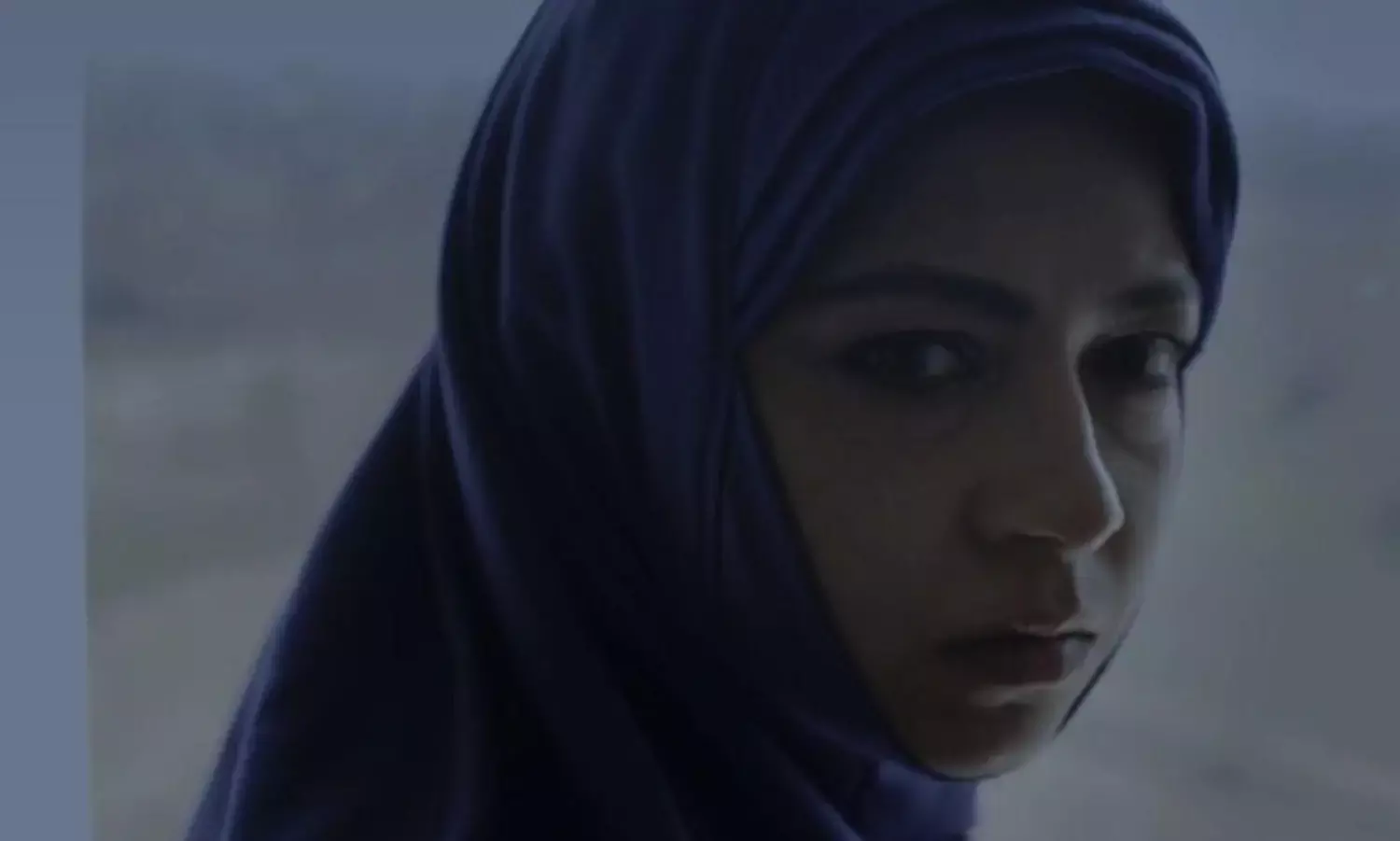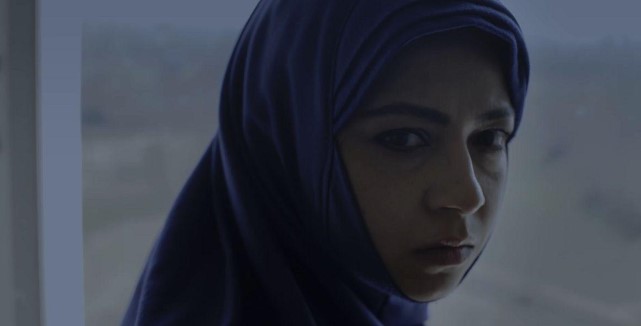So the River Flows
The film explores the impact of political violence in Kashmir

Prabhash Chandra is a young man from Bihar who later migrated to Delhi, drawn by his love for theatre and then, cinema. He has surprised himself perhaps, by making a film with the river Jhelum as the backdrop, and the people who live around it, as the subjects. His beautiful film “I Am Not The River Jhelum” was originally named “Be Ches Ne Veth”.
It is strange that a young man with a Masters in Physics and Astrophysics, from the University of Delhi, should jump into the uncertain world of films. This is his debut film. He is a visiting faculty at the University of Delhi and has directed a documentary, “Mera Ram Kho Gaya” in 2019.
The soft-spoken, low-profile Prabhash says, “I feel a sense of belonging towards Kashmir, especially to places along the river Jhelum. When I say ‘belonging’, I mean I need to be able to understand the context and culture of the place. In the beginning it was challenging for me to understand the language and to be a part of the place itself.
But the more time you spend in a place, you get a better understanding of its dynamics. My understanding developed with the help of friends, and the time I spent there to get to know the culture and issues. In the last seven to eight years I lived there for theatre off and on.”
Though the film explores the impact of political violence that has almost ruined the lives of the locals, both Kashmiri Pandits and Muslims, it has a beautiful, lyrical quality. The film is soaked with the sound of the rippling Jhelum, picturesque visuals capturing the snow-covered mountains that are bordered by the beautiful river. A visual metaphor used to remind us of the violence hidden beneath the beauty of Nature.
Chandra insists that this is a strong political film, but the politics is subtle, brought across with scenes of violence. Such as one where an apparently ‘peaceful’ scenario of a row of roofs of homes suddenly comes crashing down.
Talking about what drove him to shoot in the disturbance afflicted Kashmir, Chandra says, “I have taught theatre for some time in Kashmir, especially to school and college students. I saw and listened to different experiences. Life there is filled with uncertainty and violence. The worst sufferers are women and children. Their basic human rights to freedom and education are denied.
I felt angry with myself for being so helpless and obtuse. From my visits to Kashmir and in my interactions with the people, I felt that many views exist, in conflict with each other within Kashmir as well as outside, in ‘mainland’ India. I felt a huge gap between perception and the ground reality of Kashmir. It has been a challenge for me to comprehend the complex universe of Kashmir, and attempt to evoke this in the film. When we see the struggle of people, their everyday reality and resilience, we are inspired and motivated. These were some of the thoughts in my mind while creating the film.”
The main colour that suffuses the canvas of the film is blue, with greyish variations suddenly sparked by a raging fire in the distance. A hint that nothing is as it seems, and anything can happen at any time. Though the film is non-linear, we are given snippets of stories perceived from two different time-zones by a young girl named Afifa who has read English classics under the guidance of an intellectual uncle. But later, as a grown woman, she is sad with things around her including the brutal killing of her uncle who was put behind bars without any charges.
Sounds of powerful guns shot are heard at random, fired by warring factions on either side. Sirens puncture the space, shops with their downed shutters are suddenly manned by a person clad in a police uniform. He, we later learn, has gone crazy because of the terrible torture he faced in prison.
Sounds of gunfire from far and near, of sirens working like warning signals sending Afifa into a state of panic, and fells her with a fever. Sounds and graphic scenes of torture violate the beauty the Jhelum and its “mother” Kashmir is known for. The sound design is so beautifully orchestrated, choreographed and placed along the narrative that sometimes, it becomes a “character” telling its own sad story.
The sound track is dotted with soft voices reciting poetry, including one by Rabindranath Tagore. The visuals are punctuated from abstract scenes of dramatic performances like a scene from Saadat Hasan Manto’s “Khol Do”and one abstract performance of a young girl who has been raped. Afifa’s close friend goes missing one day, adding to the numbers of missing girls in the valley and she is never found.
Asked why he introduced those two drama abstracts in an alerady scary narrative adding to the scare, Chandra says, “I was looking for an expression where I can bring in the narratives of women and girls who have been gang-raped and murdered. Also, critiquing the madness of aggressive nationalism which plays out on women’s bodies. We have tried to look at how this kind of nationalism breeds fascist ideology and how it regulates women’s bodies to assert power, making it a site of nationalist politics, violence and conflict. Whether they are the Mothers of Manipur or two women, Neelofar Jan (22) and Asiya Jan (17) who were gang-raped and murdered in Shopian district, the story and the tragedy are the same. The construct of the scene gave me the freedom to experiment, and achieve the expression I was looking for.”
Elaborating on the difficulties while shooting, he says, “there was surveillance everywhere, so shooting outdoors was a challenge. My friends there helped me explore the place, and calculate the risks involved in shooting at any particular location. We took some calculated risks. These helped us in designing our production in a way that enabled us to work in the worst situation. There were a few situations where we were almost caught but somehow escaped. Accessing the space/location was challenging, as Kashmir was under curfew and surveillance for a long time. Whenever the curfew relaxed a little, we shot. A lot depended on the available space and how we could access that for the shoot.”
A major block was arranging enough funds to complete the film. Chandra asked favours from friends and colleagues who contributed in whatever way they could. He is still under a huge financial debt. Once the fundamental work was done, the challenge was to achieve the best for with the minimum resources. That is how he and his team planned and shot the entire film.
His film starring Amba Suhasini K. Jhala, Lokesh Jain, Hiba Qamar and others, mainly from theatre, had its Indian premiere at the International Competition Section at the 27th International Festival of Films of Kerala. It won the FFSI KR Mohanan Award for best debut director there and the KW Joseph Jury Special Mention Award at the 17th International Film Festival of Thrissur. It was also featured in the Indian Competition Section at the 27th Kolkata International Film Festival.
“I am a democratic director. My approach has been simple. Everyone working together should be in a comfortable space, where they can contribute as much as they can. They keep in mind the purpose of this film. Not just rationally but on an emotional level too. To me, cinema is a medium through which I can share my intimate expressions, reflecting on socio-political realities of our times,” says Chandra.




